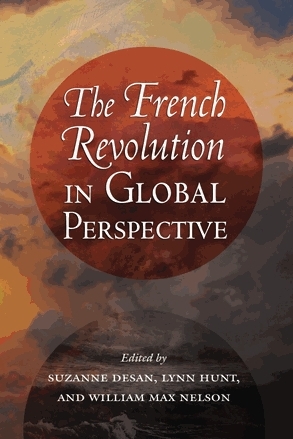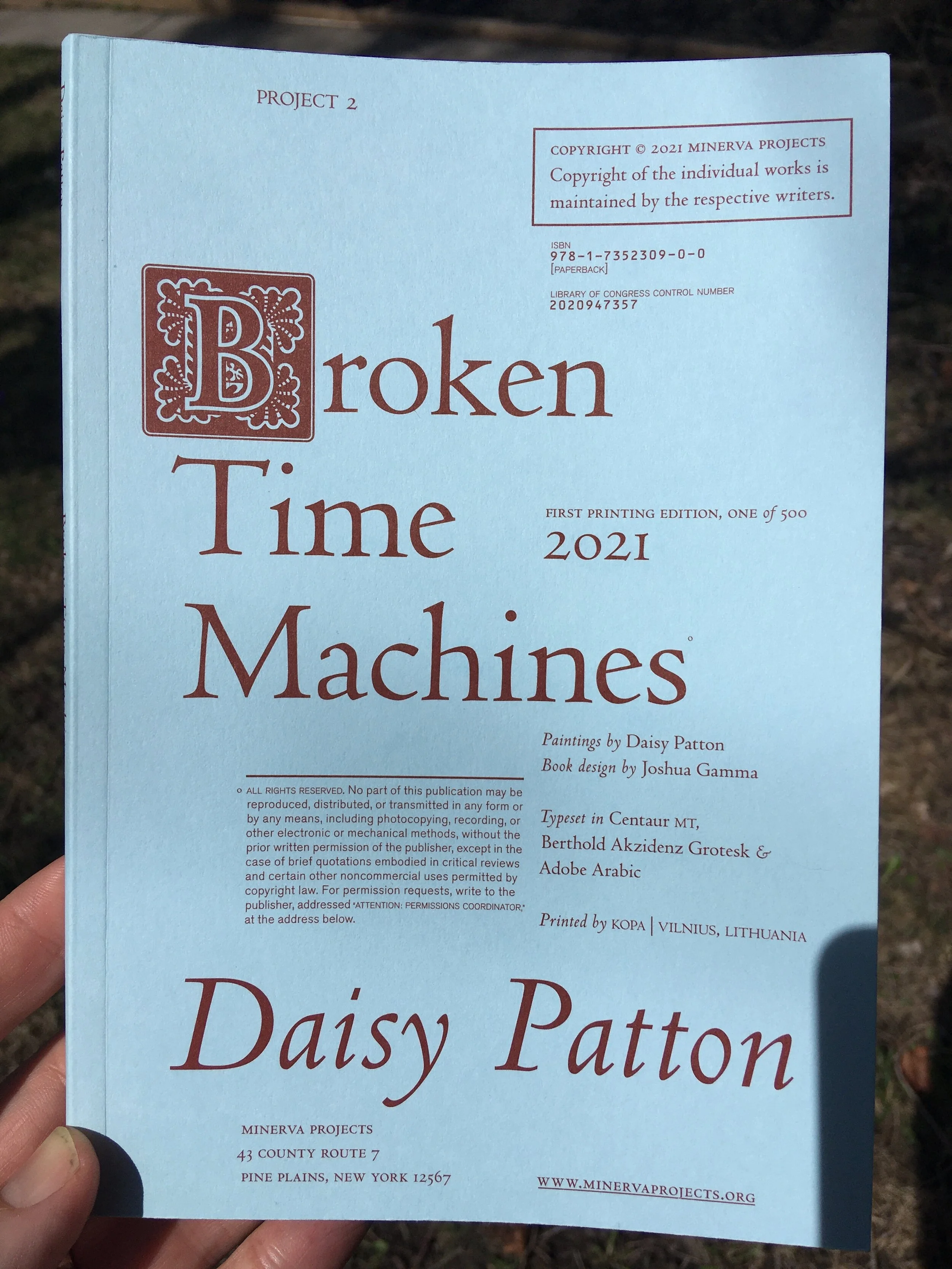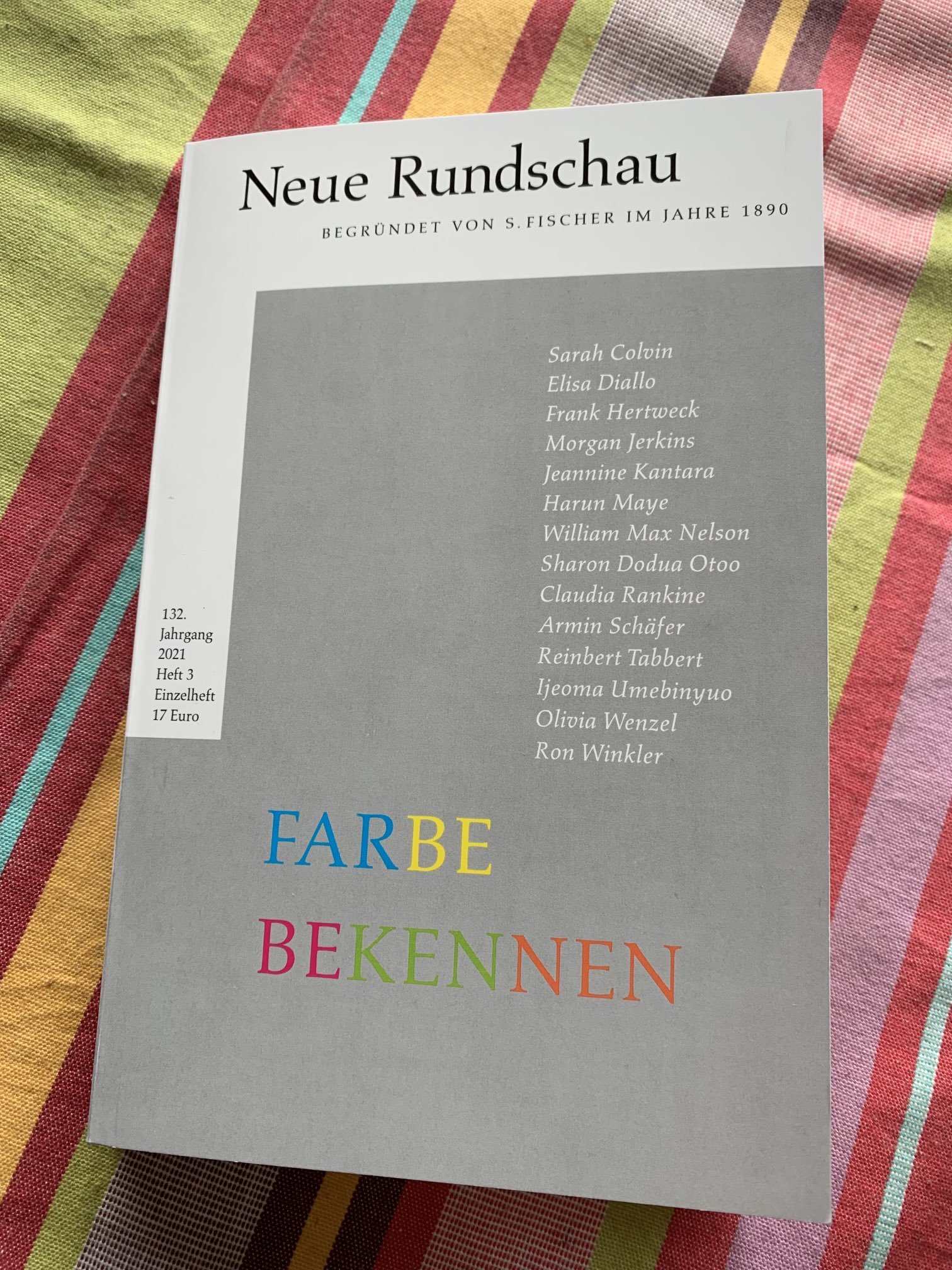









William Max Nelson is a writer and historian born in California and raised in Maryland. He now lives in Canada where he is a professor at the University of Toronto. He has written a number of academic works on the intellectual history of the Enlightenment, the French Revolution, and the development of early modern globalization. Some of his academic writing can be found here https://utoronto.academia.edu/WilliamMaxNelson
His essay "Five Ways of Being A Painting" won the Notting Hill Editions Essay Prize in 2017, was published in Five Ways of Being a Painting and Other Essays, was excerpted in The Independent (UK), and appeared in German translation in Neue Rundschau (2021).
(More in Bio)
On Twitter (occasionally) @theknownworld https://twitter.com/theknownworld
The book traces the emergence of biopolitical ideas and practices in the eighteenth century, primarily in France and its Atlantic colonies. It shows that interventionist biopolitics had already taken shape in significant and surprising ways in the Enlightenment.
The book was awarded the Cheiron Book Prize and the Kenshur Book Prize.
Book page at the University of Chicago Press.
(Published in 2021 by University of Toronto Press and available as a free hyperlinked pdf, Open Access here: http://hdl.handle.net/1807/104461).
The book investigates how a new idea of the future emerged in eighteenth-century France with the development of modern biological, economic, and social engineering. With the emergence of these practices, the future transformed from something that was largely believed to be predetermined and beyond significant human intervention into something that could be dramatically affected through actions in the present.
My essay "Five Ways of Being a Painting" won the 2017 Notting Hill Editions Essay Prize. It was published along with essays by the five other finalists in this beautiful volume by Notting Hill Editions. (Read and excerpt at The Independent (UK).) A German translation by Britta Waldhof appeared in Neue Rundschau 2021/3.
Employing images and text, the essay weaves together personal and historical strands exploring the experience of estrangement through five different ways that people can "be" paintings.
The 2017 prize was judged by Daniel Mendelsohn, Rosalind Porter (chair), Kirsty Gunn, Sameer Rahim, and Travis Elborough, . In the Foreword to the volume, Rosalind Porter recounted their deliberations: "'It feels larger than itself,' argued one of the judges. 'It is idiosyncratic in a persuasive way,' remarked another. The deft blending together of the strands of Europe and China, past and present, hiding and seeing; the delicate but forceful episodic style; the intellectual reach - this, we concluded, was a real essay."
A book published by Cornell University Press in 2013, co-edited with Suzanne Desan and Lynn Hunt.
Reviewed in the London Review of Books by Linda Colley https://www.lrb.co.uk/v35/n18/linda-colley/wide-angled
Article in The American Historical Review, vol. 115, issue 5 (2010).
The essay “Pigeon Water” was published in The European Review of Books in November 2023.
The discovery of an 18th century recipe for pigeon-based face wash leads to reflections on contemporary forms of pigeon water, particularly online rage-baiting videos for foods like chicken parmesan sushi and french toast tacos.
“First, I noticed the ooze. Cheese is often included in these videos, in order to explore the visual, gustatory, and sexual dimensions of gooeyness.”
“Not Himself,” a review of Witold Gombrowicz’s Diary. Published in The Toronto Review of Books in November 2012.
“Ultimately, the Diary reads like an extraordinary attempt, using a nonfictional form, to enact a line from Diderot: ‘Nothing is less like him than himself.’ Gombrowicz achieves this strange effect by presenting himself as if he were an unstable character being written by an unreliable narrator. This technique opens up a clearing, not so that the real Gombrowicz can be seen, but so that he can be seen hiding. The great achievement of the Diary is the creation of fleeting moments where the reader can sense this type of authorial absence—a present absence—that allows us to experience Gombrowicz being less like him than himself.”
My essay “Visiting” is included in Broken Times Machines, a book about the art of Daisy Patton published by Minerva Projects in 2021.
The essay reflects on the interplay of painting and photography in the artist’s work, focussing on color and ornament, surface and depth, loss and death—the ways that the artist finds a way to “reanimate the impossibility of reanimation.”